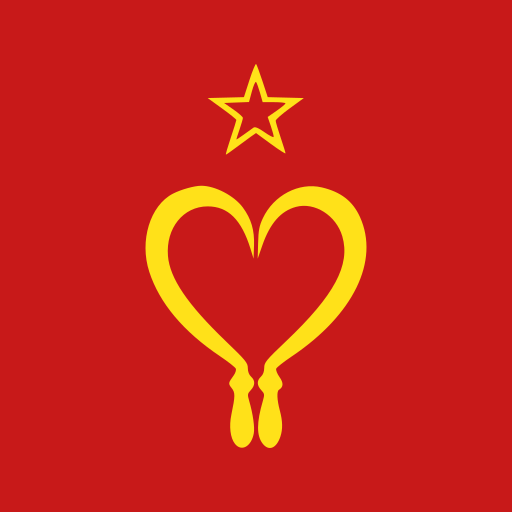… … …so are we eating the cicadas, or smoking them?
Maaj [he/him]
Black-Male Attn-Deficit Pan-Fluid Baby-Leftist
- 0 Posts
- 105 Comments

 101·2 months ago
101·2 months ago😮

 1·5 months ago
1·5 months agoPapadosio, Dave Tipper, Erothyme

 4·5 months ago
4·5 months agoThis is some 🔥🔥🔥, thanks for posting

 4·5 months ago
4·5 months agoFuck, now it’s confirmed. We can’t have anything fun anymore.

 6·5 months ago
6·5 months agoYep, the last quote I was given was $90, 3 or 4 years ago it was $70.

 15·5 months ago
15·5 months agoBruh, is this why a gram costs $90 now?!? FUCK, man.
I like palworld a lot, but this mf is cringe. I love Nintendo games, but fuck Nintendo for putting the same raggedy game out over and over. Let me force my Arbok to build me a house at gunpoint goddammit.

 3·5 months ago
3·5 months ago32 people on steam, 4-player co-op on xbox

 3·5 months ago
3·5 months agoYou can set up custom difficulty so that you don’t have to worry about some of the more annoying things about survival games, like hunger
Guns don’t come until late game. This is pokemon and Ark(or Minecraft ) put together. Its pretty solid if you like survival games, Especially for an early access game. Much better with friends

 13·5 months ago
13·5 months agoholy shit, I forgot about this. It was a stupid youtube channel that made grotesque “meals” that centered on bacon and whiskey. Imma go find the channel.
Edit: it was called Epic Meal Time, and it’s still gross.
2nd edit: oh, epic bacon had nothing to do with epic meal time, this post just sparked my memory of this dumb shit

 1·5 months ago
1·5 months agoThis brings back memories of my favorite ex. I used to pretend to be Goat boy with her 😂

 2·5 months ago
2·5 months agoLady got arrested for helping trump commit voter fraud, this is her mugshot. While I wouldn’t wish jail on anyone, I am glad this mugshot exists because she looks how I feel sometimes. Which is to say, off kilter.

 5·5 months ago
5·5 months agoI found a similar game mode, it’s called emperor, you’ll have to scroll down on the page a bit
https://magic.wizards.com/en/news/feature/casual-formats-2008-08-11
Emperor
The Emperor variant involves two teams of three players each. Each team sits together on one side of the table, with team members deciding the order in which they’re seated. Each team has one “emperor,” which is the player seated in the middle of the team. The remaining players on the team are “generals” whose job is to protect their emperor while attempting to take down the opposing emperor. Players randomly determine which emperor will go first, generally using the high roll on dice, and turn order then progresses to the left.
Emperors have a “range of influence” of 2, which means that their spells and abilities affect only themselves and players within two seats of their own. In other words, at the start of the game, they can affect everyone except the opposing emperor. Generals have a range of influence of 1. At the start of the game, they can’t affect the opposing emperor either. The only way to get an opposing emperor within your range of influence is to defeat an opposing general!
Players may attack only opponents seated immediately next to them. This means that at the beginning of the game, emperors can’t attack anyone because no opponent is sitting next to them.
Each player plays as an individual. Players can collaborate by looking at each other’s hands and discussing strategy, but each player keeps a separate life total (starting at 20), hand, library, battlefield, and so on. The one difference is the “deploy creatures” option. Each of the emperor’s creature has the ability “{T}: Target teammate gains control of this creature. Play this ability only any time you could play a sorcery.” Keep in mind that when a player is eliminated from the game, all cards he or she owns (including creatures controlled by other players) are removed from the game. If that player controlled permanents that are owned by other players, they’ll stay in the game and go back to whichever player should be controlling them now.
Winning and losing an Emperor game works differently than normal. A team wins the game when the opposing emperor has been eliminated. It doesn’t matter whether the losing team has any generals remaining or not. This also means that a general that’s been eliminated from the game can still win if his or her team eliminates the opposing emperor later on!
The Emperor format can be played with more than two teams; in that case, the appropriate Free-for-All rules are applied. The format can also be played with more than three members on each team, as long as each team has the same number. Each extra player on a team is an additional general. That means that some generals won’t be sitting next to an opponent (they’ll be between two teammates), so they can’t attack anyone at the beginning of the game. Be sure to increase the range of influences accordingly.

 10·5 months ago
10·5 months agoI know this reference. You are blessed that you don’t. Lol
What an odd subreddit to ask that question in, lmao. Wtf does Sam Harris have to do with any of this 😂😂

 33·5 months ago
33·5 months ago…this piece of shit just made me crave a cig and I’ve been clean of nicotine for months now. I wish us black folks did have powers, I’d fry ben’s ass like a doughnut.


They keep doing shit that makes me want to mod my switch.